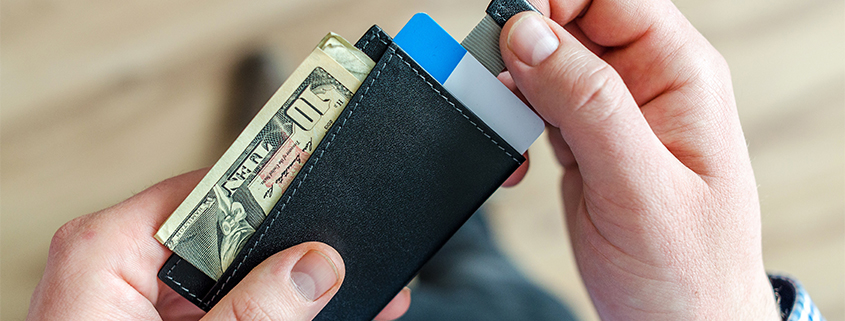How Can an HSA or FSA Save You Money?
A health savings account (HSA) or a flex spending account (FSA) is one of the best ways to save courtesy of Uncle Sam with triple tax benefits. You put money in on a tax-free basis (usually through salary deferrals), it builds up tax-free (you can invest it), and it comes out tax-free to cover out-of-pocket healthcare expenses. Depending on your tax bracket, that can save you 20% or more on eyeglasses, contacts, or even medical procedures like LASIK or High Definition Laser Cataract Surgery.
Health Savings Account (HSA)
You can contribute to an HSA if you’re in a qualifying high-deductible health plan at work. For 2020, that means a plan with a minimum annual deductible of $1,400 for individual coverage or $2,800 for family coverage. At a minimum, you should contribute enough to cover your deductible. Do you have an unexpected doctor’s bill? You can put money into your HSA, take it out right away, and the government just paid 25% of the bill. (The higher your tax bracket, the bigger your savings.) An HSA is a savings account that goes with you and funds stay in the account as long as it is open.
Flex Spending Account (FSA)
FSAs are a great way to pay for elective and non-elective procedures and cover deductibles and co-payments for medical services and prescription medications or over-the-counter drugs that have been prescribed by a doctor, all pre-tax. The funds from an FSA can be used toward the payment of certain authorized dental and vision expenses, including for dependents and spouses. So, depending on your tax bracket, that could end up being major savings! The only problem is that you have to use your FSA balance by the end of the year or risk losing it. So if you have an FSA, be sure to check your balance and then look at your options for an eye exam, vision correction surgery or even eyeglasses before the end of the year.
The good news is that consumers can save ($2,700 per person in an FSA) and even save more in an HSA depending on your plan, to pay for procedures you want. Think of this as an opportunity to access the procedures you need and save 20% or more by using flex spending or health savings account dollars.
Why Is This Important?
Elective procedures, like LASIK, PRK, Implantable Contact Lenses, and Refractive Lensectomy, are discretionary medical expenses. FSA and HSA accounts can help lower the cost of better vision with or without glasses or contact lenses.

